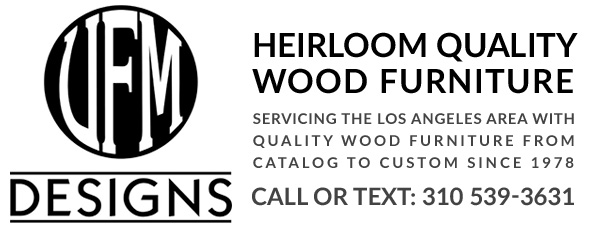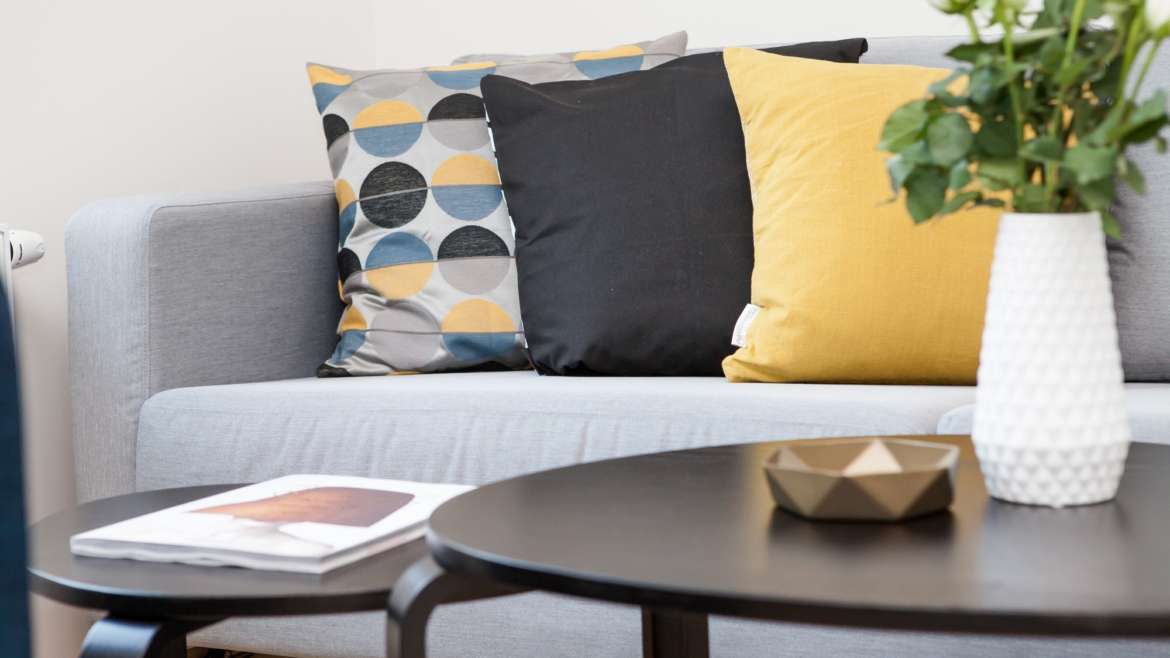It’s nearly 2018. And, as another time changes, so do the home design trends and decors, naturally. Whether you’re looking to improve your home entirely or give it a few new updates, here’s an example to the hottest looks, the behavior of the design pros. Major inspiration ahead. Every Design Element that changes the room is important for home design trends.
Modern Maximalism
If you believed 2017 was the year of minimalist living, 2018 would be the reverse. “The ’80s maximalist trend is back in a big way,” said Christine Markatos Lowe of Christine Markatos Design in Santa Monica, California.
“We see more colors and more pieces and more mixing of patterns to build a purposefully over-decorated look,” she said. “The days of finding parts of provenance with the rich story have fallen to the wayside, making room for more whimsical, of-the-moment decor.”
Samples include layering different rugs, using bold patterns and bright colors and not only for accessories and pillows but larger furniture pieces, and decorating with bold-on-bold accents such as carpets and wallpapers in the same space.
Another idea this kind of décor is playing out is through mixed media finishes. “People are mixing textures, metals, and sheen,” said Mitchell Parker, an editor with Houzz, an online platform for home design and remodeling. “Think shiny brass light fixtures mixed with matte black table legs or steel chair, or a bright honed countertop.”
One area to experiment with this look is hanging hardware. For instance, a bright nickel rod with brass rings. “We’ve also been seeing this trend in canteens and kitchens where the cabinet hardware, plumbing fittings, and lighting are done in quality of finishes ranging from nickel and brass to oil-rubbed bronze, which lends a more stylish look than just sticking to one metal finish per room,” Ms. Markatos said.
For those who are less bright, a subtler alternative to try is one termination for the attached accessories in a room, such as the hardware or lighting, and then combining in a contrasting finish for accent items like a table lamp or a bench.
Closet Overhauls
“To meet the on-the-go needs of customers, we’re including areas for changing and charging all the essentials when switching handbags,” said Lisa Adams of LA Closet Design in Los Angeles. These purse “changing stations” carry inserts for paper, pens, and electronics for the busy woman who frequently changes accessories or the on-the-go professional who takes her workspace with her, Ms. Adams said.
Staging areas in closets are another significant trend. “As social media becomes a more present part of our style preferences, staging operations need to not only function well for designing looks, but also must be ideally designed to showcase new aspects and share them across social channels,” Ms. Adams said.
One-dimensional results have given way to more elaborate designs with varied materials. “I see more complexity in furniture that combines multiple elements to create more interest,” said Donna Mondi, founder, and principal, Donna Mondi Interior Design in Chicago. “For instance, in our capsule collection, the floor mirror has a steel line, leather corners, mirrored face, and brass accents, and our vanity chair is a mixture of brass ferrules, wooden legs, and mohair fabric. Combining ingredients in interesting ways makes the furniture so much more decadent and dynamic,” she said.
Sophie Paterson of Sophie Paterson Interiors in London remarked that heavily textured beaten metals in antique bronze and brass paired with covers such as exotic wood and natural stone veneers are becoming more familiar. “We use a lot of metal and stone for freestanding pieces such as coffee tables, consoles, and side tables,” she said.
Wallpaper 2.0
Today’s opportunities are not your great-grandma’s class.
“Wallpaper has reached new elevations of coolness with digitally printed papers that are being produced by small boutique wallpaper companies,” Ms. Markatos said. “The design choices are unlimited with really unique motifs and saturated colors that you can’t find in the more traditionally produced papers. …Their influence can be great when used in a small area like a powder entryway or room.”
In fact, Jeffrey Beers of Jeffrey Beers International in New York is currently co-operating on his first wallpaper collection. “We are moving away from monochromatic and neutral interiors and heading toward patterns and colors that speak to emotions and individuality,” Mr. Beers said. “Colorful and patterned wallpaper is a great way to show your style, as well as add texture and warmth to space.”
Ms. Paterson is finding her customers are gravitating toward more textural papers, such as grasscloth, silk, and tasteful vinyl, as well as more statement patterns like elaborate Chinoiserie hand-painted wallpapers for accent walls like headboards, as well as entire dressing rooms.
Cerused Wood Finishes
A technique developed centuries ago, causing uses a white pigment to fill in and reveal the unique grain lines of the wood. “Designers are opting for cerused designs because of the interesting texture that is created by the process,” Ms. Mondi said. “With a resurgence of heavily grained oak there was a desire to find new finishes for a new approach,” she said. Today’s cruising is created with non-toxic waxes that fade the finish—similar to limed oak. It’s being used on everything from black to natural stains on furniture and cabinetry. “The effect can be as dramatic as an entire kitchen or as simple as a touch for the feet on chairs or sofas,” Ms. Mondi said.
“Cerused wood is my current go-to finish for frames of chairs, bases of tables, bedside tables, and built-ins,” said U.S. and London-based designer Birgit Klein of Birgit Klein Interiors. “The trend for so long was toward sleek, elegant lacquer, which I still love, but I think people are craving more natural materials and elements.”
“Since causing wood reveals the natural grain, it adds an organic part to a room, but in a very new way especially since it is being done in new designs like greige finishes and oak washes,” she said.
Saturated Hues
Neutral tones are giving way to more vibrant, bolder hues, which take their lead from Pantone’s Color of The Year, a lively shade of purple. Other jewel conditions such as rich amethyst purple, emerald green, mustard yellow, and indigo blue, are also growing popularity, Ms. Klein said. “Rich, saturated jewel colors are at the different end of the color rainbow from the neutrals we have seen today and later again, and I think certain colors are a good change.”
These bolder tones are mostly shown as pops of brightness in a room. “Smaller winks of shade are being used in essentially neutral rooms, adding just a gesture of personality and color to liven up space,” Ms. Magno said. An accent can be accomplished through painted millwork, the edge of a window frame, a small space rug, or piece of furniture in a bold hue.
Ms. Paterson is also incorporating more jewel tones. “We’re using a predominantly neutral base and then adding weights of amethyst purple or emerald green into a key part of the upholstery, lamps, cushions, art, and accessories,” she said.
Mr. Beers said he and his team utilize pops of color through objects such as a hand-blown glass vase or striking pieces of artwork, “to add a sense of wonder and intrigue into space.”
“After so many years of greige and grey, the design world was ready for saturated colors in exciting hues,” Ms. Mondi said. “Neutrals can simply be mixed in to make this a trend that is almost simple to transition to.”
As a bow to this trend toward more soaked shades, Benjamin Moore published its Color of the Year 2018 as Caliente AF-290, an energetic shade of red, as well as their 2018 palette consisting of a mixture of reds, from hints of blush to earthy and rich crimson. “Caliente AF-290 is a confident and bold red, but it’s also very classic and can be used in different spaces from a library or a study, to a front door or a powder room,” said Andrea Magno, a Benjamin Moore design and color expert, based in New Jersey.
Floral Persuasion
Lately, everything is coming up peonies and lilacs and roses. Splashes of over-sized flowers and large-scale florals with botanical references in furniture and wall art have been gaining prominence in interior design, Mr. Parker said.
“An oversized abstract floral is a modern and fresh take on the smaller-scale chintzes that are typically viewed as more stodgy and traditional,” Ms. Klein said. “When used as curtains or on walls, this bold-scale pattern doesn’t shy away from making a statement.”
Think dark, large-scale decorative wallpaper in a powder room with a subtly striated marble countertop, antique gold fixtures, and faceted crystal sconces—and a typically mundane bathroom becomes a conversation piece. “The grand scale of an oversized complex floral pattern takes commitment, but the risk is worth the reward,” Ms. Klein said.
Florals are trending, says Los Angeles-based designer Cortney Novogratz of The Novogratz. Whether you choose to go over the top and bold or keep the floral pattern easy, don’t be afraid to add contour into your space. “We recently recovered a client’s dining room chairs with a whimsical floral that’s still understated and elegant,” she said.
Art-Deco Inspired
What’s old is fresh again. The glamour of Art Deco-inspired design and décor is spreading through both commercial and residential projects. Ms. Paterson has seen the influence in architectural detailing such as coffered ceilings and bronze-framed windows, and in exotic veneers and luxurious materials such as shagreen and metal inlays.
For a recent project for The W1 London, which has retained its original Art Deco facade, Ms. Paterson decorated the interiors with fan and geometric motif fabrics as well as furnishings, including a tub armchair that echoes the Art Deco design era. The trend is also working out in the way of metallic finishes, such as brushed and shiny gold vintage-inspired light fixtures.

